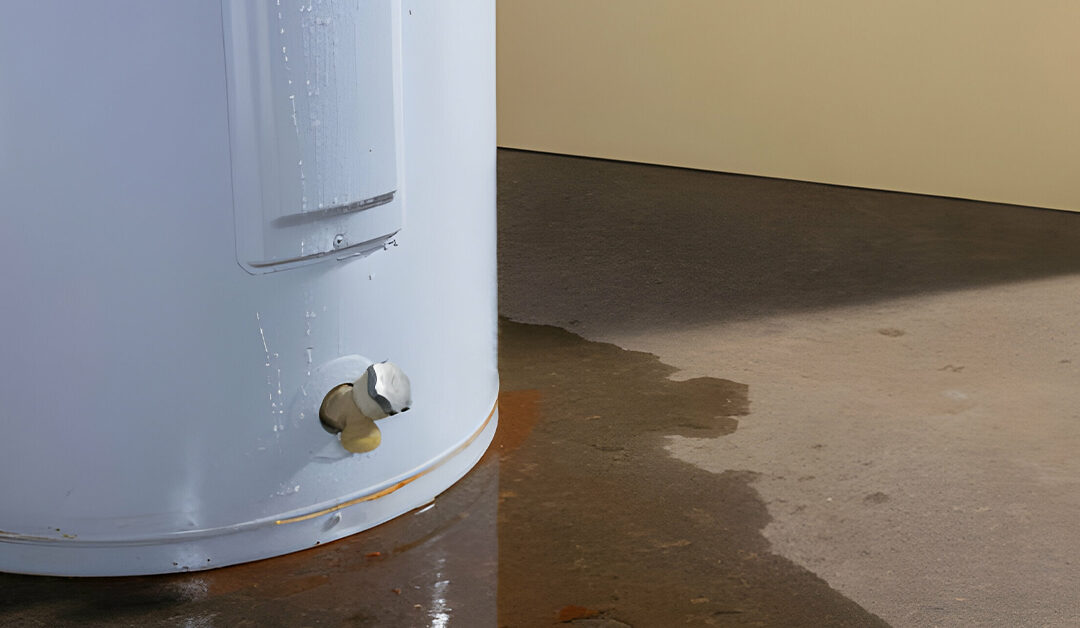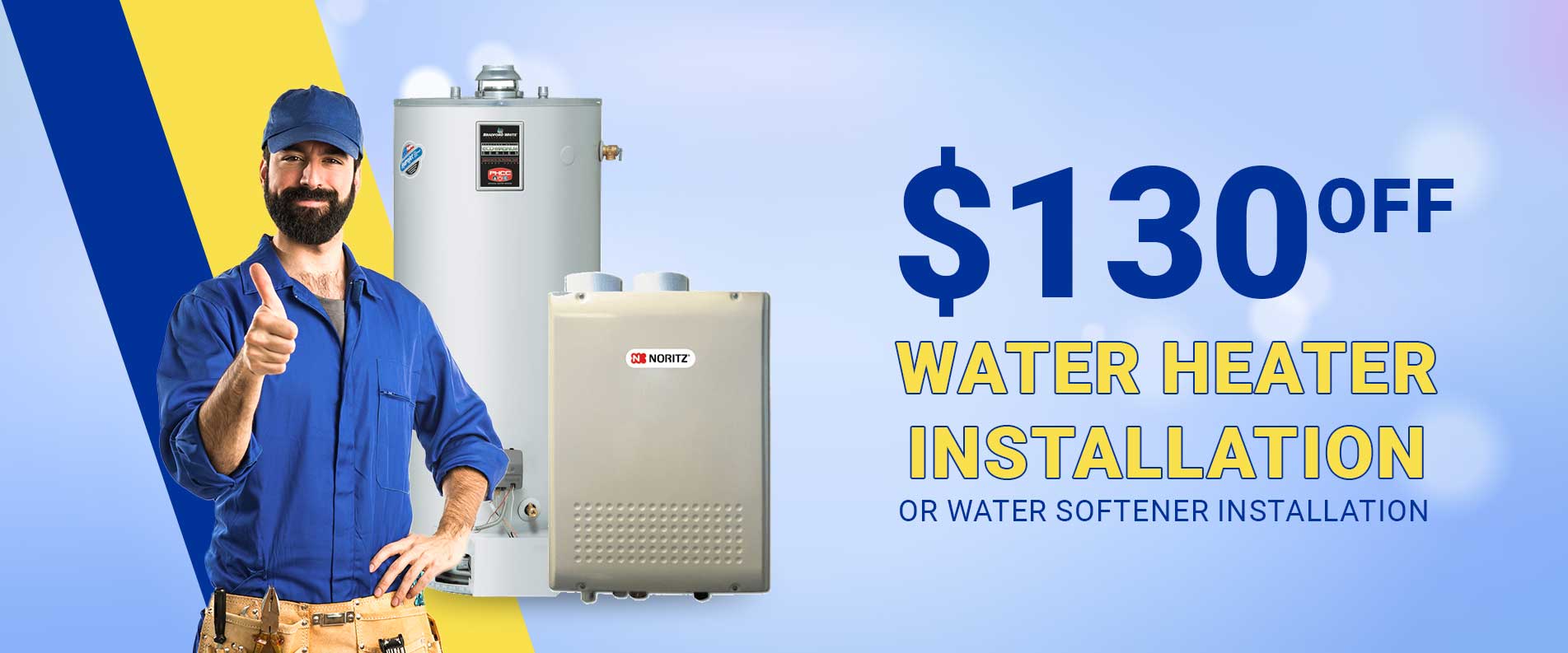Experiencing a water heater leaking from the bottom is a commonplace but troubling difficulty for owners. This hassle, frequently disregarded, can improve right into a big household disaster, main to water harm and capacity protection hazards.
Understanding the root reasons, immediate movements, and preventive measures is essential for any responsible homeowner. This complete guide pursuits to demystify the technique of identifying and resolving water heater leaks, making sure your own home stays secure and comfortable.
Identifying The Problem
When you come upon what to do whilst your water heater leaks, it’s critical to assess the state of affairs cautiously. Identifying whether it is a warm leak or a chilly water leak is step one in diagnosing the problem. Hot leaks normally imply an extra difficulty, as they involve warm water escaping from the tank, doubtlessly leading to better energy payments and extended chance of damage.
For houses with tankless water warmers, identifying a tankless water heater leaking calls for a different technique. These gadgets, at the same time as efficient, have unique additives like warmness exchangers and electronic controls that can be susceptible to leaks.
Begin through very well analyzing the water heater. Check the encircling location for pooled water, that’s a clear sign of a leak. Examine the tank, pipes, and connections for any symptoms of corrosion or damage. If you are aware of water dripping or pooling at the bottom, it is probable you have a hot water tank leaking from the bottom.
Common Causes of Leaks in Hot Water Tanks
Understanding the reasons in the back of a hot water tank leaking from the lowest is important for correct diagnosis and restore. The maximum common culprits encompass:
- Tank Corrosion: Over time, water minerals can corrode the tank’s indoors, leading to leaks.
- Faulty Drain Valve: A free or broken drain valve can cause water to leak from the tank’s base.
- Internal Component Failure: Elements like the heating detail gaskets can fail, resulting in leaks.
In the case of a warm water cylinder leaking, the difficulty would possibly stem from a worn-out strain relief valve, designed to launch water whilst stress or temperature exceeds secure limits. Regular upkeep, such as examining and changing those valves, is critical.
Immediate Actions to Take
Upon discovering your water heater leaking water from the lowest, instantaneous movement is required to prevent further harm. Firstly, flip off the energy supply – electricity or gasoline – to the unit. This step is essential for protection motives and to save you further harm to the gadget.
Next, shut off the water supply to the heater to stop the float of water. This can commonly be carried out via a committed valve close to the unit. If the supply of the leak is a minor one, along with an unfastened drain valve, you might be able to briefly restore it. However, for leaks stemming from the tank or internal components, professional help is recommended.
Long-time period Solutions and Prevention
Addressing a water heater leaking from the bottom for the long term regularly involves more than simply brief fixes. It may additionally require changing worn-out components, sealing leaks, or even putting in a new water heater, especially if the present day one is vintage or inefficient.
Regular upkeep is key to stopping water heater problems. This includes annual inspections with the aid of specialists, routine flushing of the tank to dispose of sediment, and checking the anode rod, which protects against corrosion.
Consider upgrading to a greater modern and green water heater if your modern-day unit is old or often calls for upkeep. Newer fashions are greater strength-green and have advanced functions to reduce the likelihood of leaks and other not unusual troubles.
Understanding Water Heater Maintenance
Proper renovation is important in extending the lifespan of your water heater maintenance and stopping leaks. Here are a few upkeep guidelines:
- Regular Inspections: Annual inspections via a qualified technician can become aware of capacity issues earlier than they emerge as principal troubles.
- Temperature Setting: Ensure the temperature setting isn’t too high, as immoderate heat can accelerate wear and tear.
- Pressure Relief Valve Check: Regularly test the strain remedy valve to make certain it is functioning correctly, as a defective valve can lead to pressure buildup and leaks.
- Flush the Tank: Flushing the tank yearly helps do away with sediment buildup, which could motivate corrosion and inefficiency.
Read More About: Best Water Heater Brands
Conclusion
Dealing with a water heater leaking from the lowest isn’t just about fixing a direct problem; it is approximately understanding the health and performance of your house’s heating device. By spotting the symptoms of a leak, taking quick movement, and investing in ordinary protection, you could ensure the durability and reliability of your water heater. Remember, while some problems can be fixed with DIY techniques, seeking professional assistance is often the most secure and most effective method.





